Related Research Articles
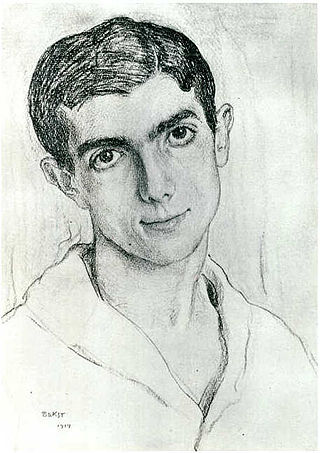
Leonid Fyodorovich Myasin, better known in the West by the French transliteration as Léonide Massine, was a Russian choreographer and ballet dancer. Massine created the world's first symphonic ballet, Les Présages, and many others in the same vein. Besides his "symphonic ballets," Massine choreographed many other popular works during his long career, some of which were serious and dramatic, and others lighthearted and romantic. He created some of his most famous roles in his own comic works, among them the Can-Can Dancer in La Boutique fantasque (1919), the Hussar in Le Beau Danube (1924), and, perhaps best known of all, the Peruvian in Gaîté Parisienne (1938). Today his oeuvre is represented by his son Lorca Massine, who stages his works around the world.

Appalachian Spring is an American ballet created by the choreographer Martha Graham and the composer Aaron Copland, later arranged as an orchestral work. Commissioned by Elizabeth Sprague Coolidge, Copland composed the ballet music for Graham; the original choreography was by Graham, with costumes by Edythe Gilfond and sets by Isamu Noguchi. The ballet was well received at the 1944 premiere, earning Copland the Pulitzer Prize for Music during its 1945 United States tour. The orchestral suite composed in 1945 was played that year by many symphony orchestras; the suite is among Copland's best-known works, and the ballet remains essential in the Martha Graham Dance Company repertoire.
Symphony No. 3 was Aaron Copland's final symphony. It was written between 1944 and 1946, and its first performance took place on October 18, 1946 with the Boston Symphony Orchestra performing under Serge Koussevitzky. If the early Dance Symphony is included in the count, it is actually Copland's fourth symphony.
The Simple Symphony, Op. 4, is a work for string orchestra or string quartet by Benjamin Britten. It was written between December 1933 and February 1934 in Lowestoft, using material that the composer had written as a child, between 1923 and 1926. It received its first performance in 1934 at Stuart Hall in Norwich, with Britten conducting an amateur orchestra.
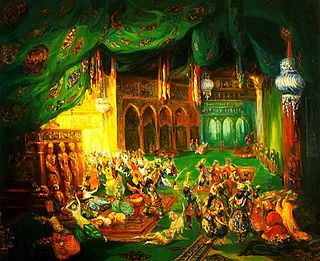
Scheherazade, also commonly Sheherazade, Op. 35, is a symphonic suite composed by Nikolai Rimsky-Korsakov in 1888 and based on One Thousand and One Nights.
Kristian Fredrikson was a New Zealand-born Australian stage and costume designer working in ballet, opera and other performing arts. His work was acclaimed for its sumptuous, jewel-like quality, and a sensuous level of detail.
Dame Catherine Margaret Mary Scott, was a South African-born pioneering ballet dancer who found fame as a teacher, choreographer, and school administrator in Australia. As the first director of the Australian Ballet School, she is recognised as one of the founders of the strong ballet tradition of her adopted country.
Sergei Prokofiev composed and compiled his Waltz Suite, Op. 110, during the Soviet Union's post-Great Patriotic War period of 1946–1947.

Northern Ballet, formerly Northern Ballet Theatre, is a dance company based in Leeds, West Yorkshire, England, with a strong repertoire in theatrical dance productions where the emphasis is on story telling as well as classical ballet. The company tours widely across the United Kingdom.
Linda Michelle Merrill, known professionally as Merrill Ashley, is an American former ballet dancer and répétiteur. She joined the New York City Ballet in 1967, was promoted to principal dancer in 1977, and retired in 1997. She is one of the last dancers to have worked with George Balanchine, and coaches his works since she stopped performing.
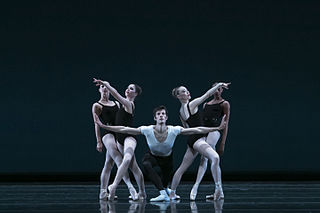
The Four Temperaments or Theme and Four Variations is an orchestral work and ballet by Paul Hindemith. Although it was originally conceived as a ballet for Léonide Massine, the score was ultimately completed as a commission for George Balanchine, who subsequently choreographed it as a neoclassical ballet based on the theory of the four temperaments.
Daniel Gaudiello is an Australian ballet dancer. He performed with The Australian Ballet from 2004 until his retirement as a principal artist in March 2016 to dance and teach as a freelancer.
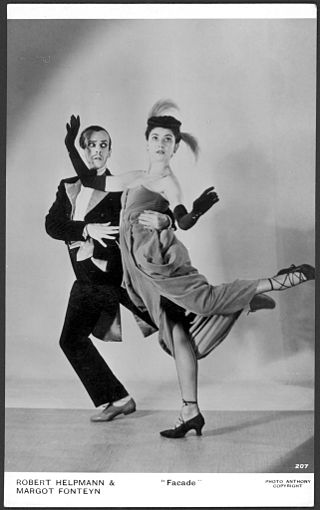
Façade is a ballet by Frederick Ashton, to the music of William Walton; it is a balletic interpretation of items from Façade – an Entertainment (1923) by Walton and Edith Sitwell. The ballet was first given by the Camargo Society at the Cambridge Theatre, on 26 April 1931. It has been regularly revived and restaged all over the world.
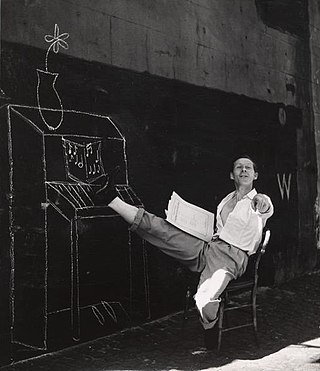
Walter Gore was a British ballet dancer, company director and choreographer.
Paula Doris Hinton was an English ballet dancer who became the wife and dancing partner of the choreographer Walter Gore.
Henry Neville Haythorne was an Australian dancer, ballet master, artistic director, and teacher who performed in vaudeville, musicals, and ballet companies in the United Kingdom, continental Europe, and Australia. He was assistant artistic director of the Scottish Ballet (1969–1974) and artistic director of the Queensland Ballet (1975–1978) and the Royal New Zealand Ballet (1981–1992).

Spirit of the American Range is a classical music album by the Oregon Symphony under the artistic direction of Carlos Kalmar, released by the Dutch record label Pentatone on February 10, 2015. The album was recorded at the Arlene Schnitzer Concert Hall in Portland, Oregon in April 2013 and January 2014. It contains works by three American 20th-century composers: Walter Piston's ballet suite from The Incredible Flutist, George Antheil's "A Jazz Symphony", and Aaron Copland's Symphony No. 3. The recording was the third by the orchestra under Kalmar's leadership, following the highly successful Music for a Time of War (2011) and This England (2012). Spirit of the American Range received a Grammy Award nomination for Best Orchestral Performance, and its producer, Blanton Alspaugh, was nominated for Producer of the Year, Classical.
Danses concertantes is a work for chamber orchestra by Igor Stravinsky, composed in 1942. A performance lasts about twenty minutes. Although written as an abstract ballet for concert performance, it has been choreographed numerous times.

Michelle Anne Potter is an Australian dance writer, critic, archivist, and curator of historical materials. Her research and writing have focused on but have not been restricted to Australian dance history. She was honoured for her achievements with the award of Member of the Order of Australia (AM) in the 2023 Australia Day Honours list.
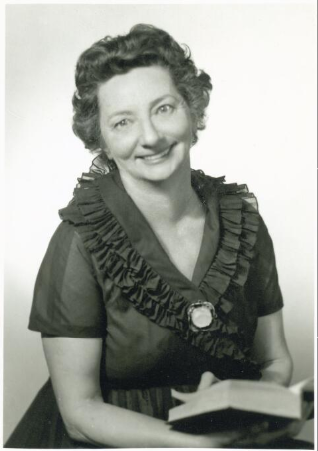
Xenia Nikolaeva Smirnova Krüger Borovansky was a Russian-born dancer and choreographer, based in Australia after 1939. She was principal teacher at the Melbourne Academy of Russian Ballet, and active in running the Borovansky Ballet.
References
- ↑ Potter, Michelle. "'Simple Symphony': Walter Gore". Michelle Potter On Dancing. Retrieved 4 January 2014.